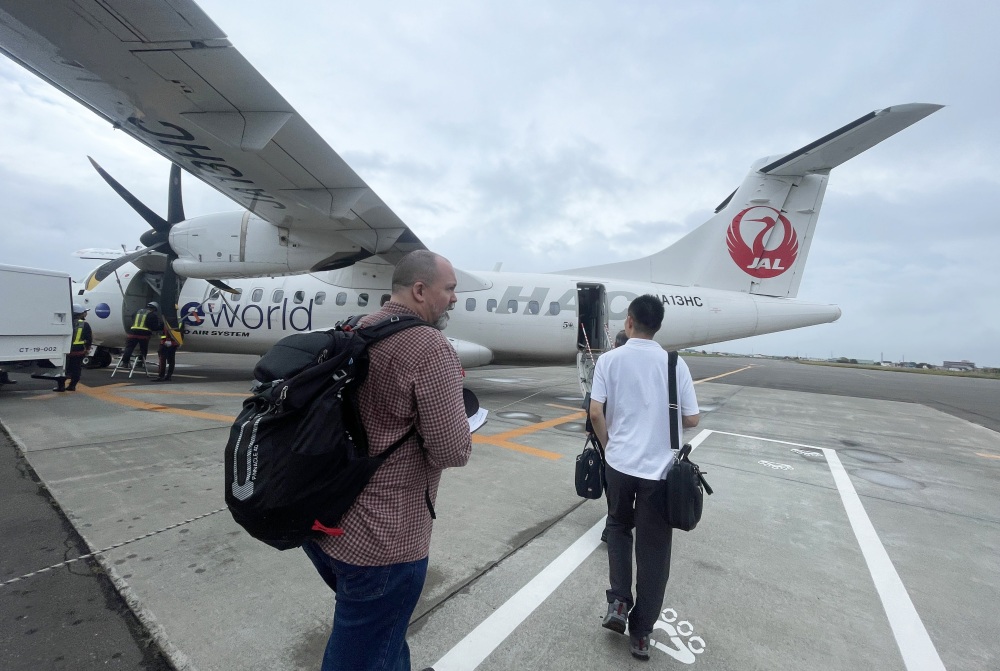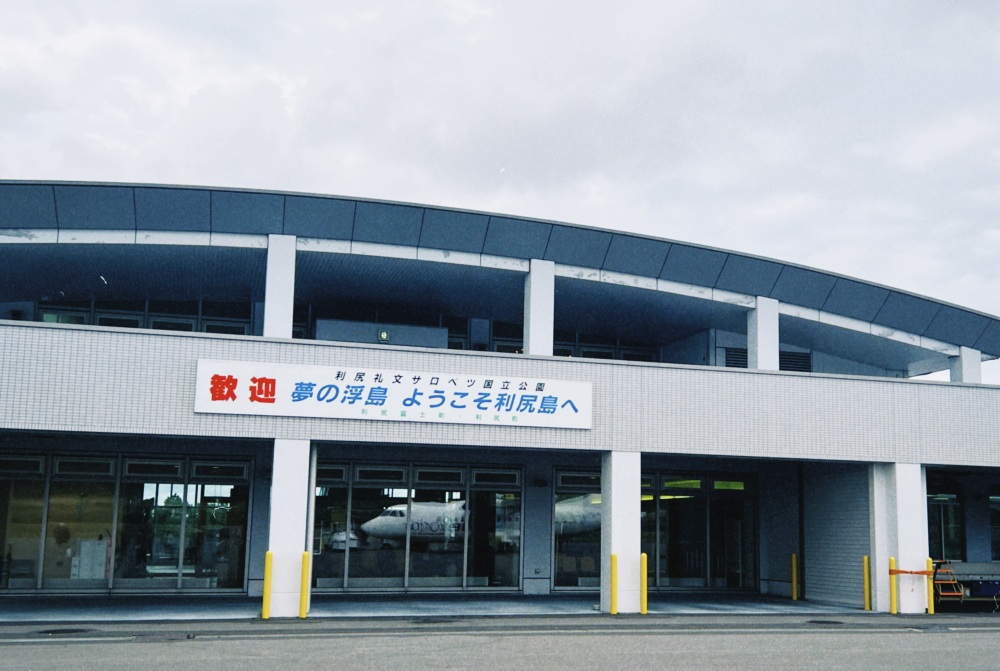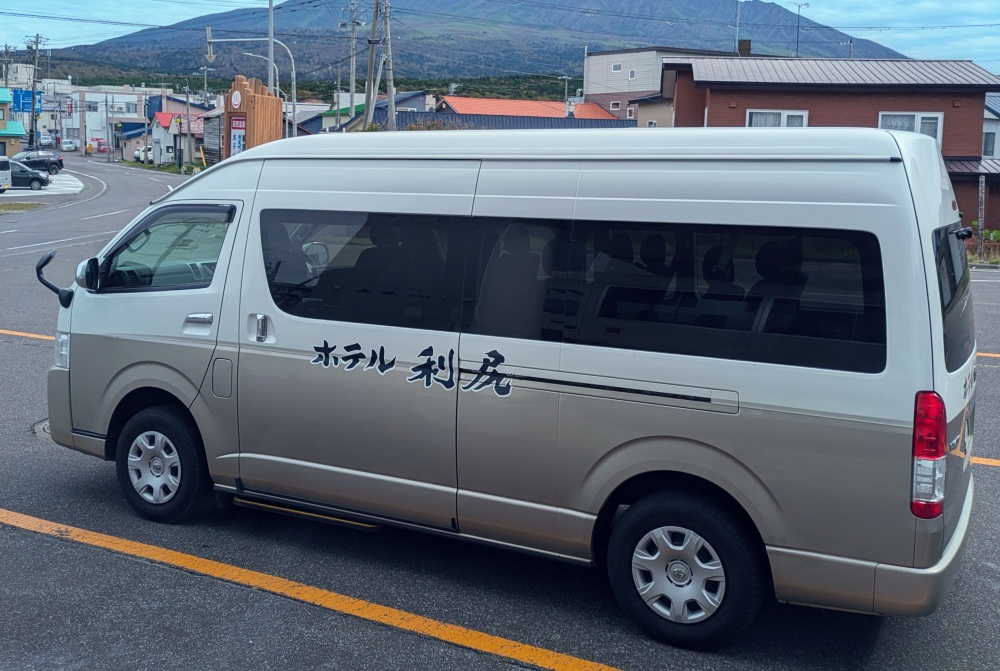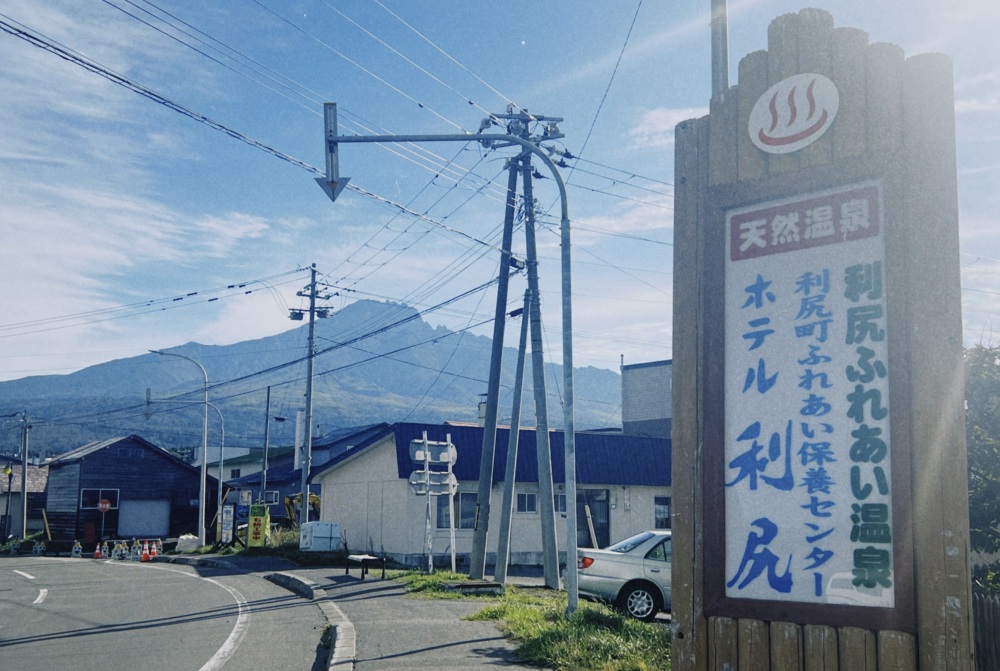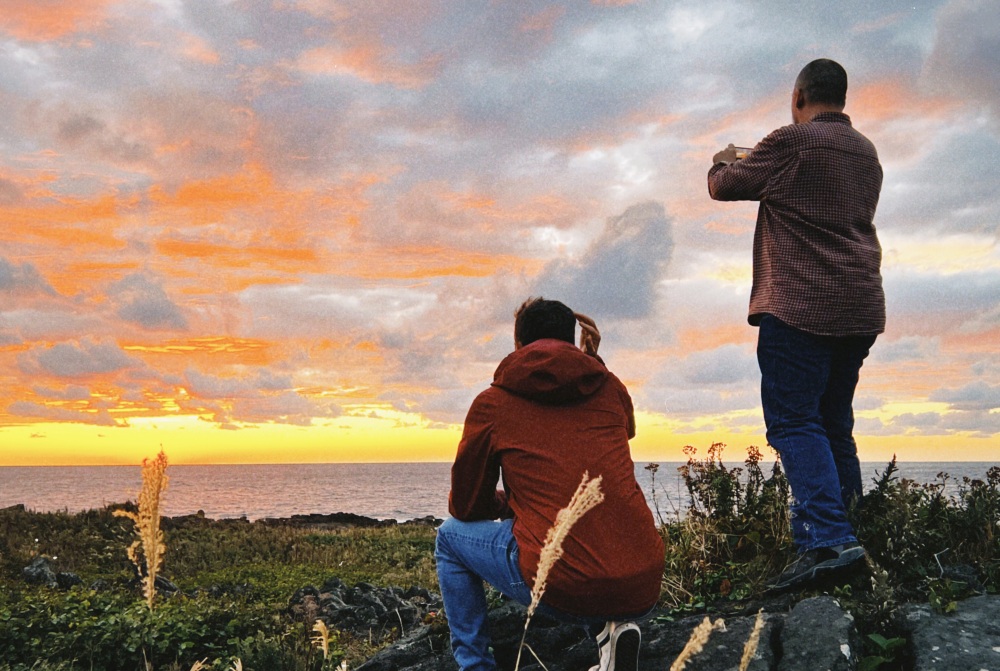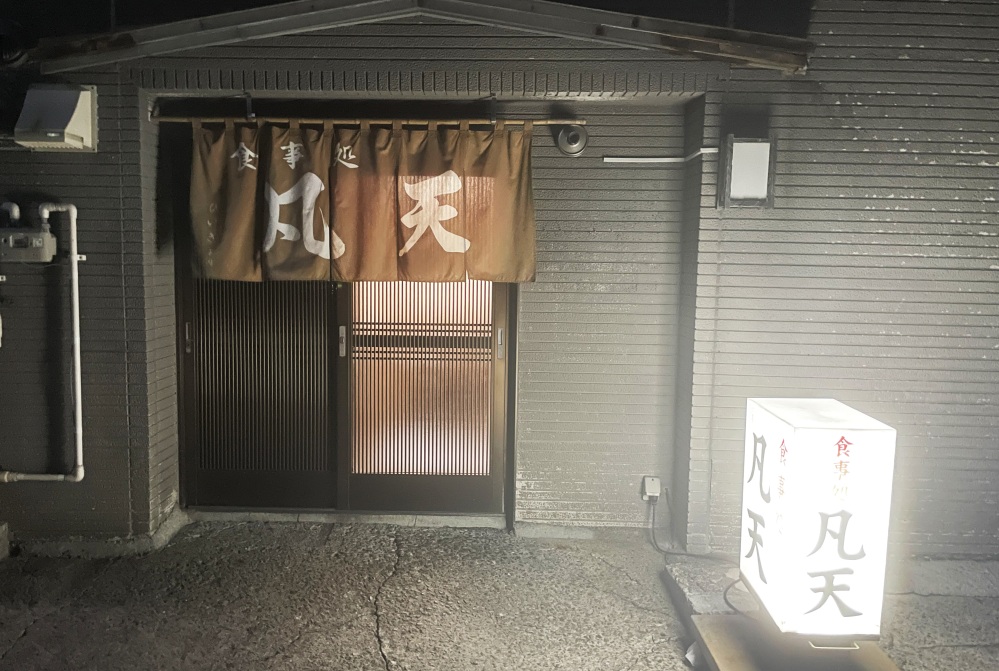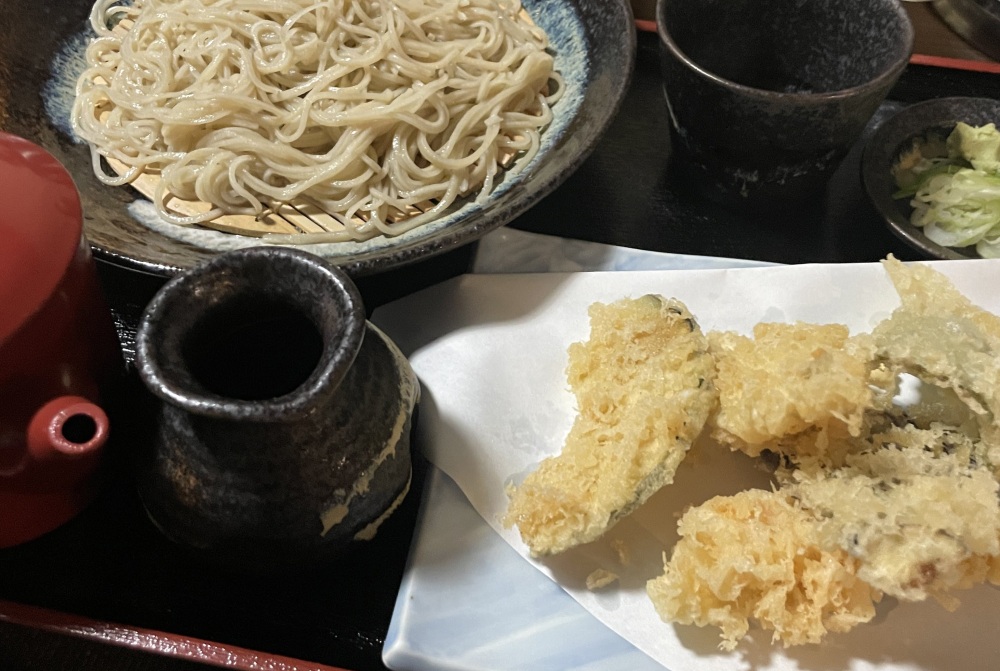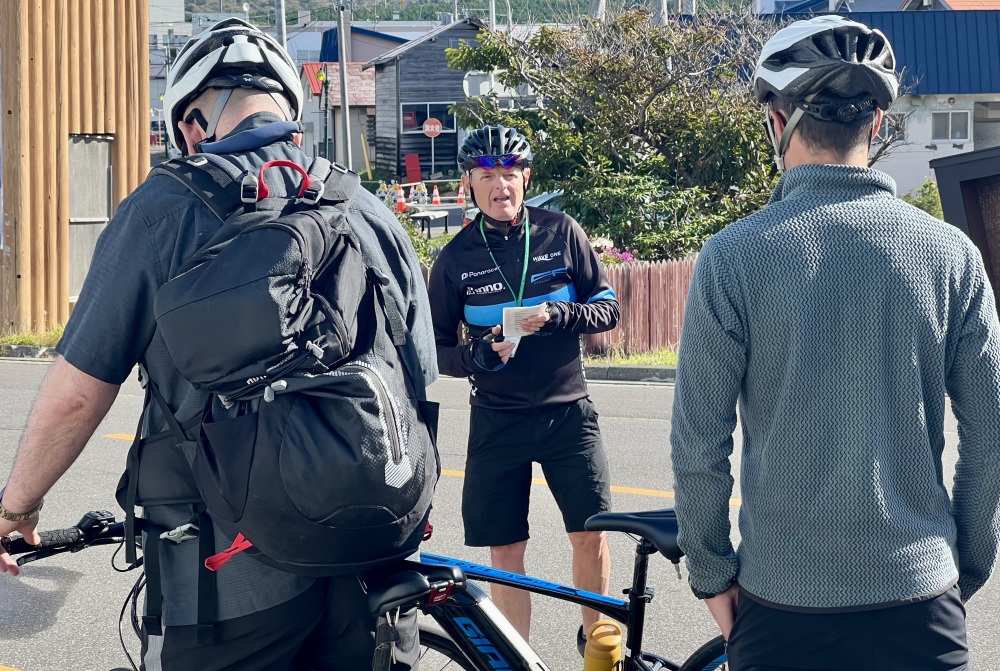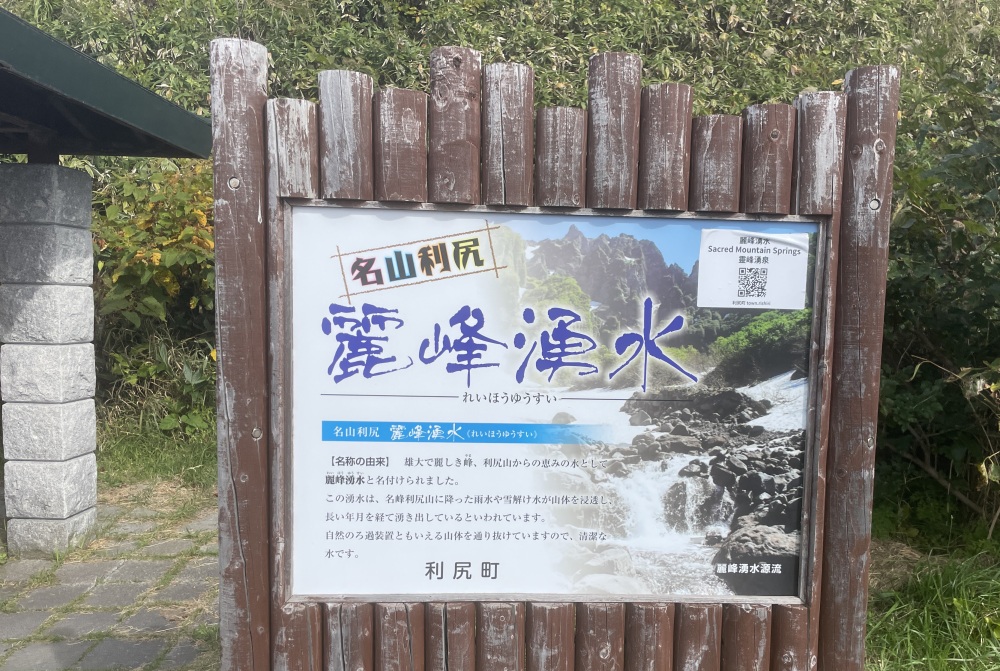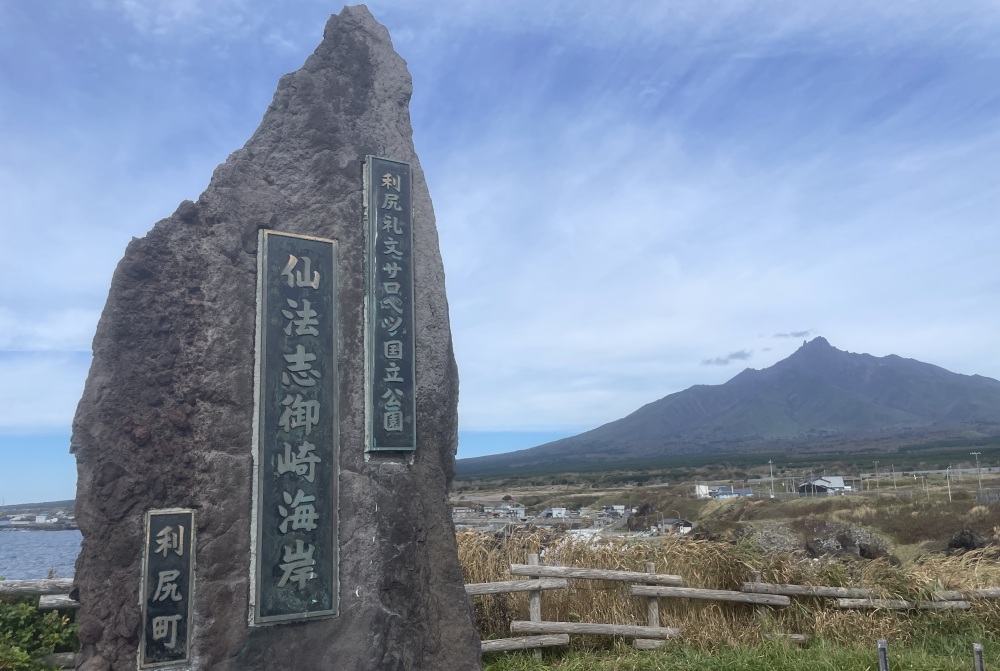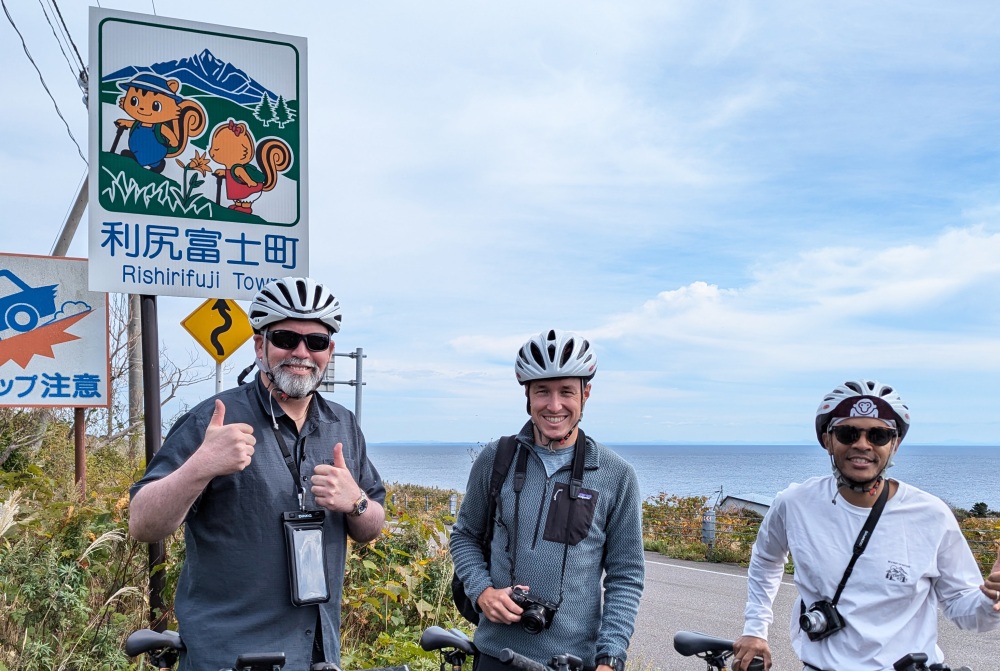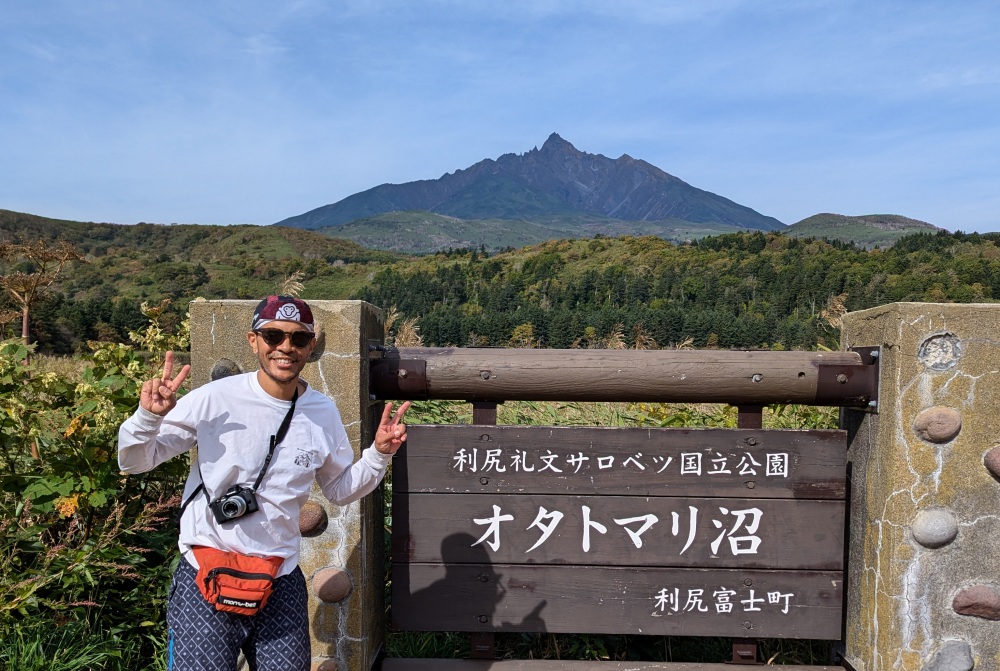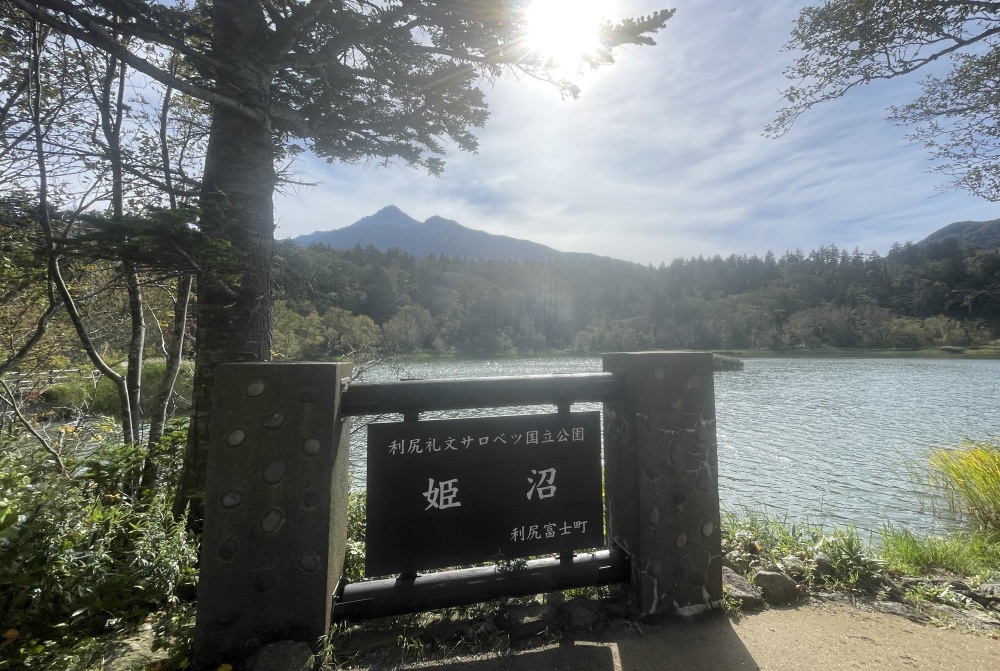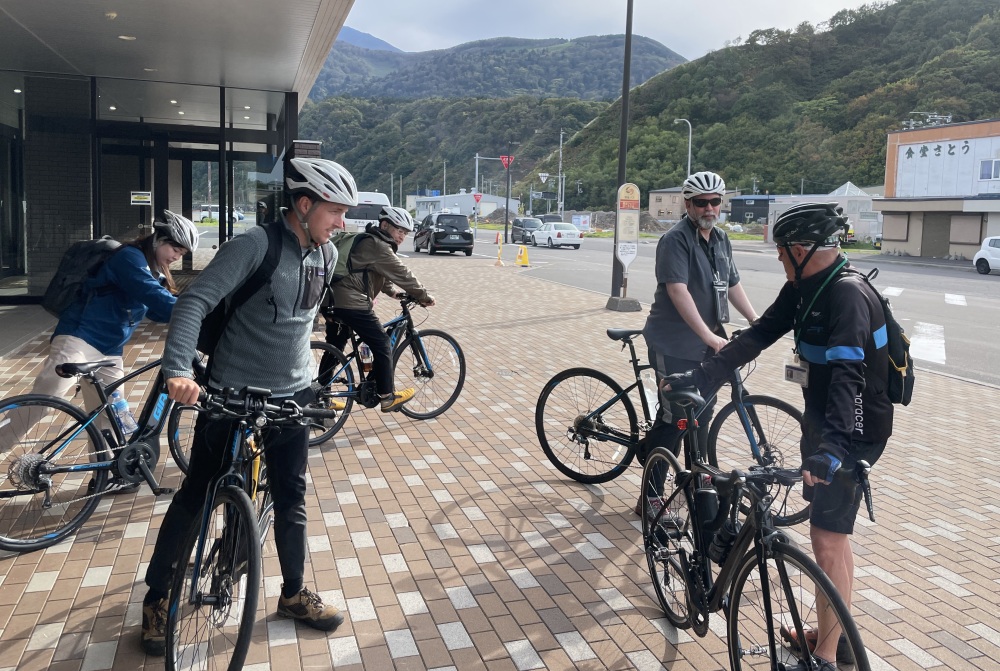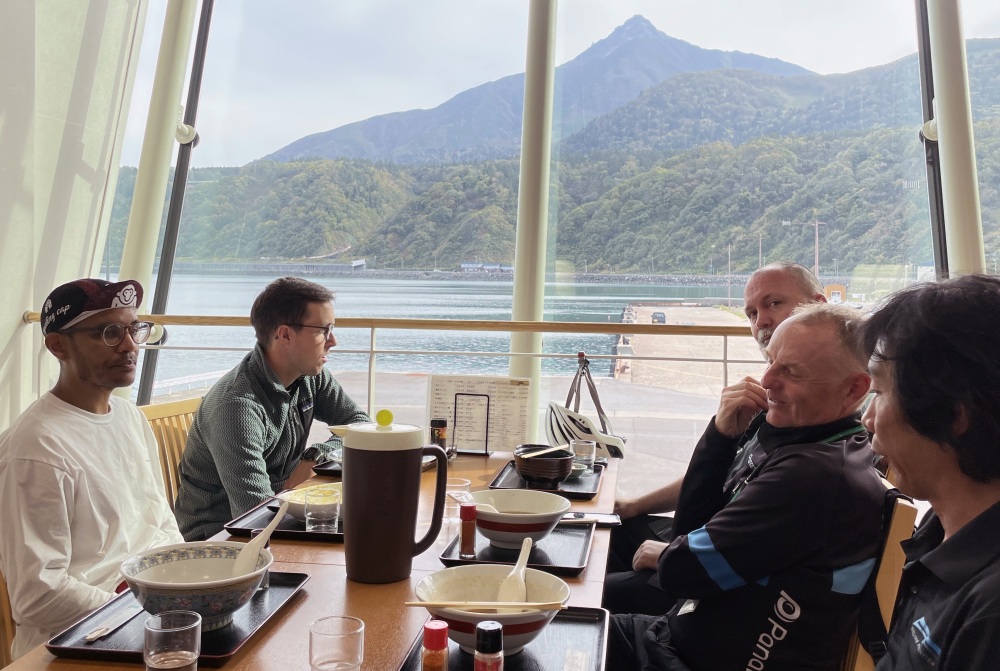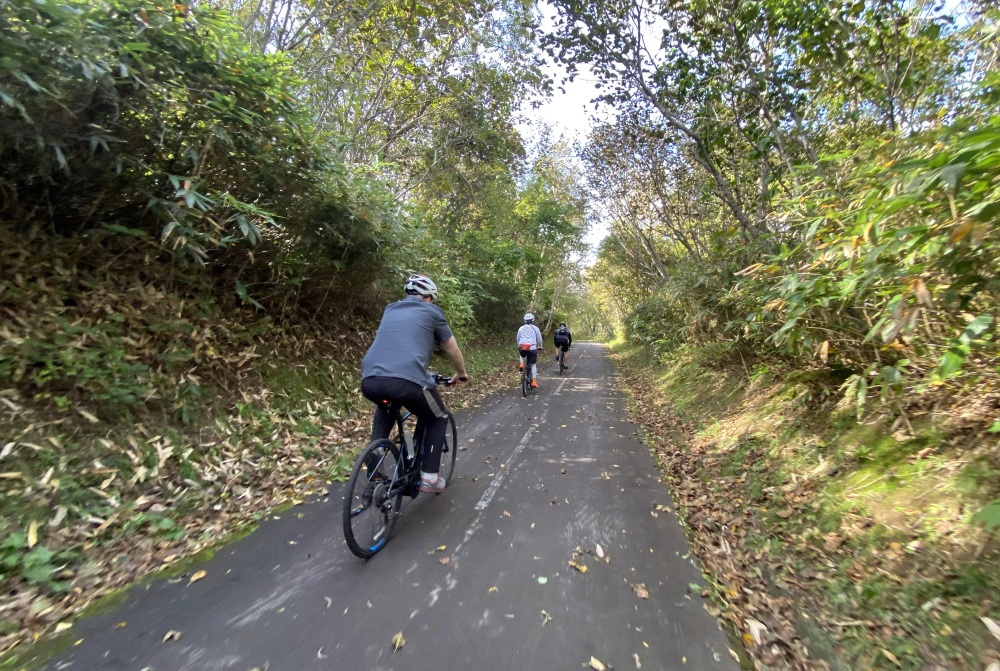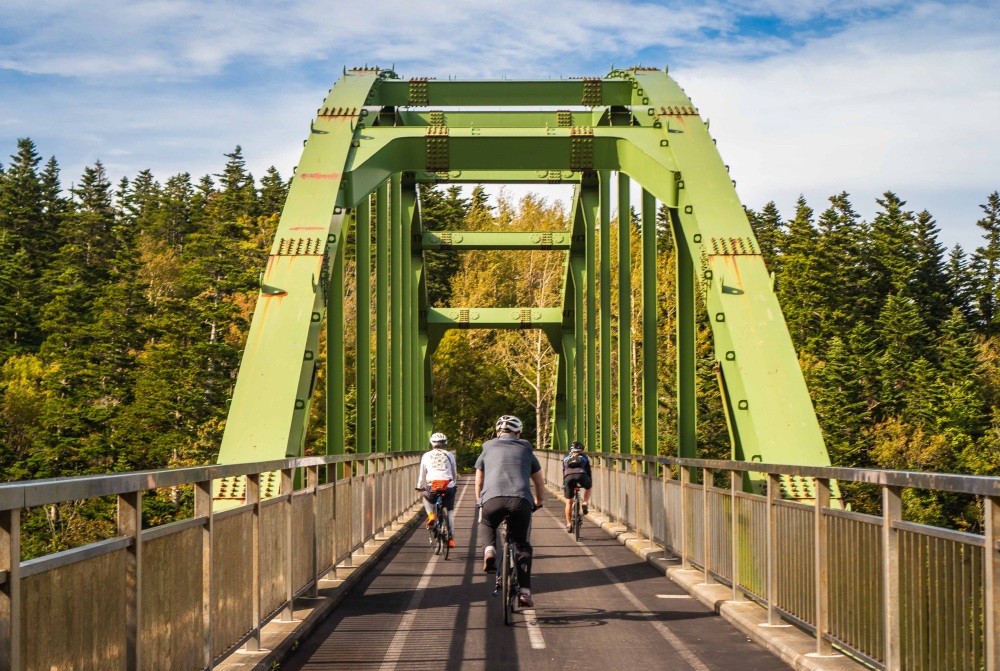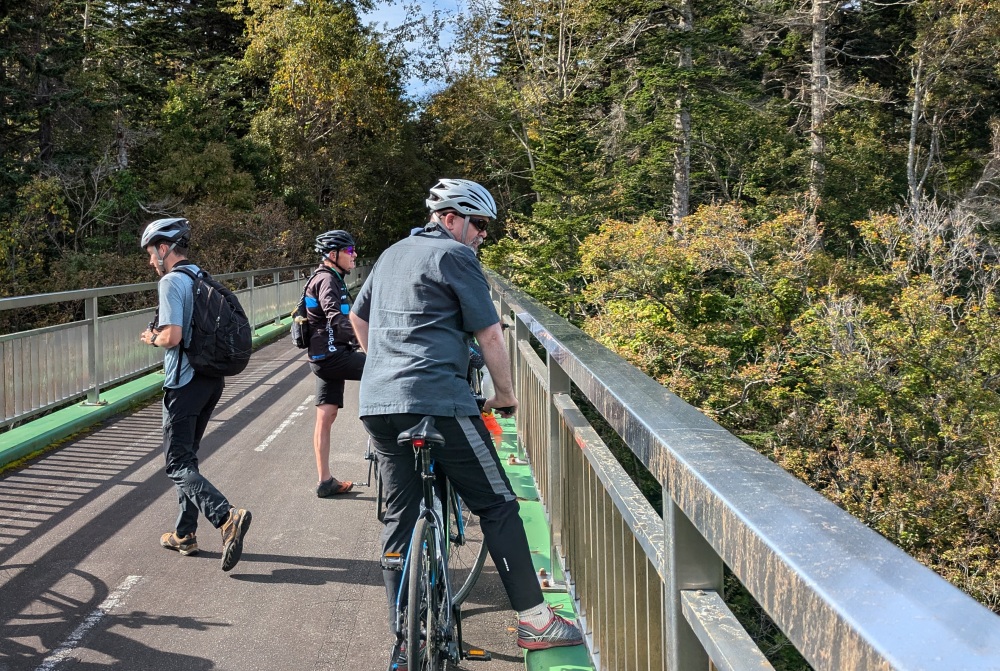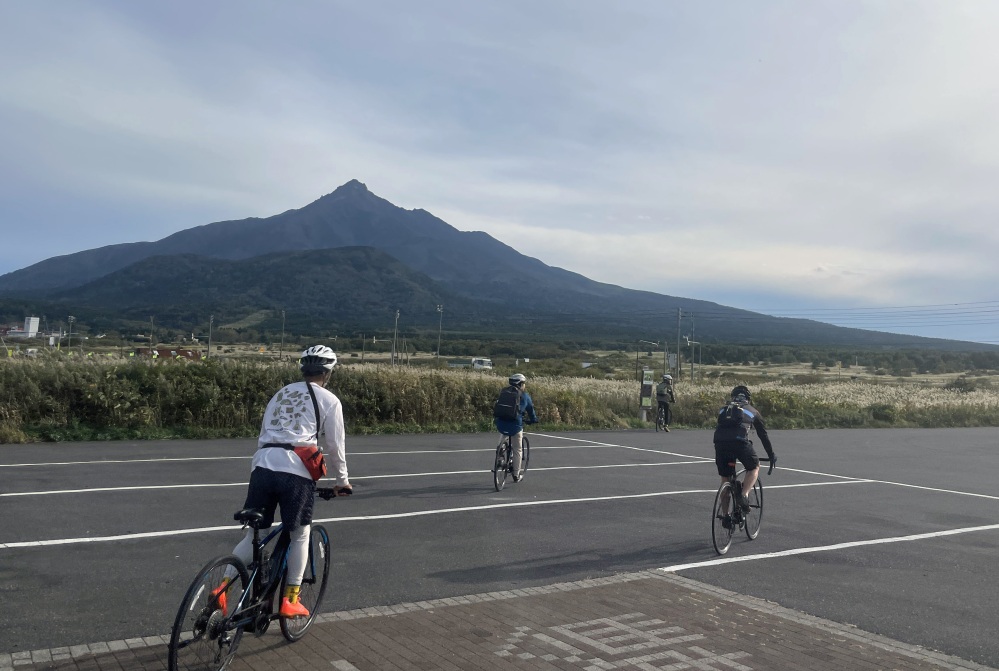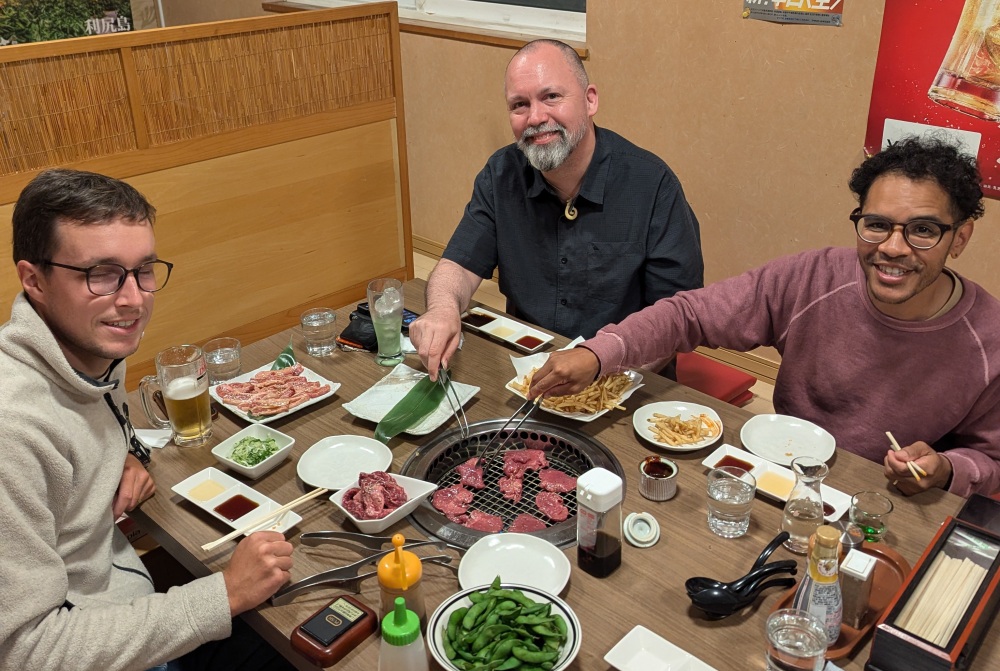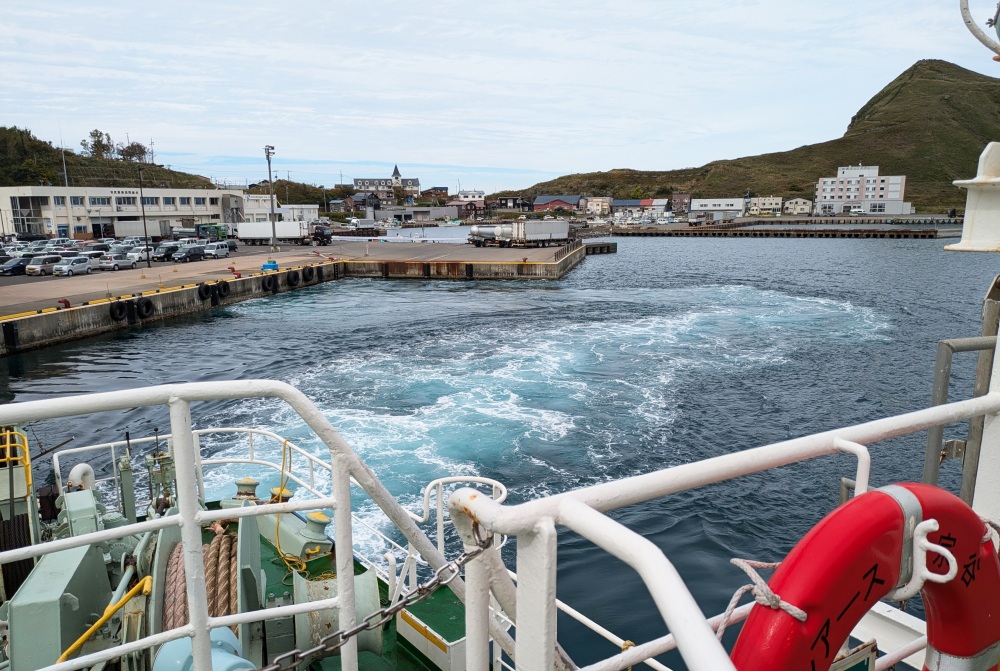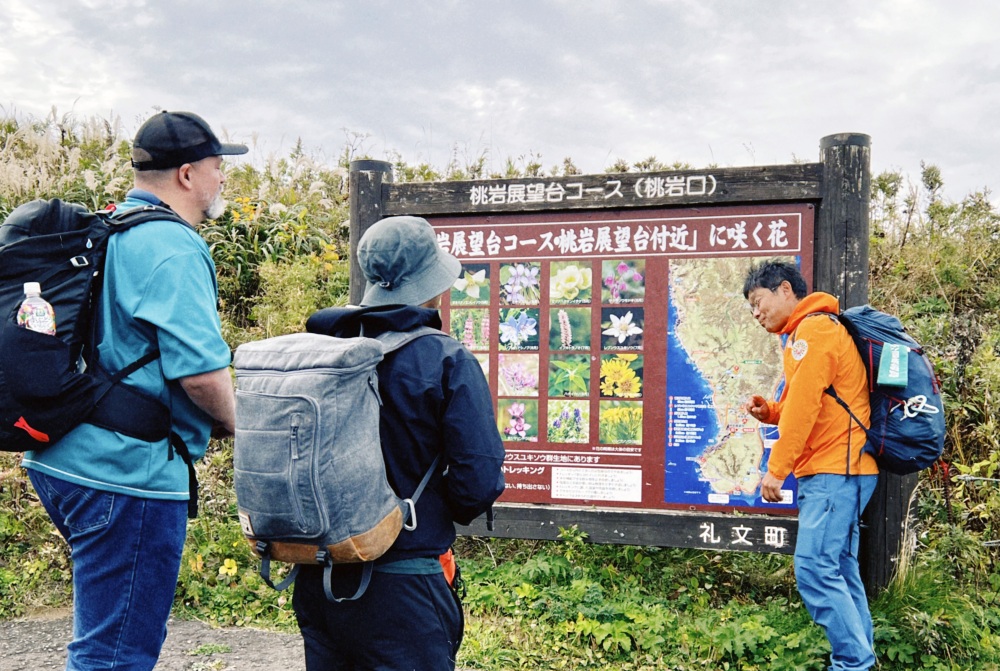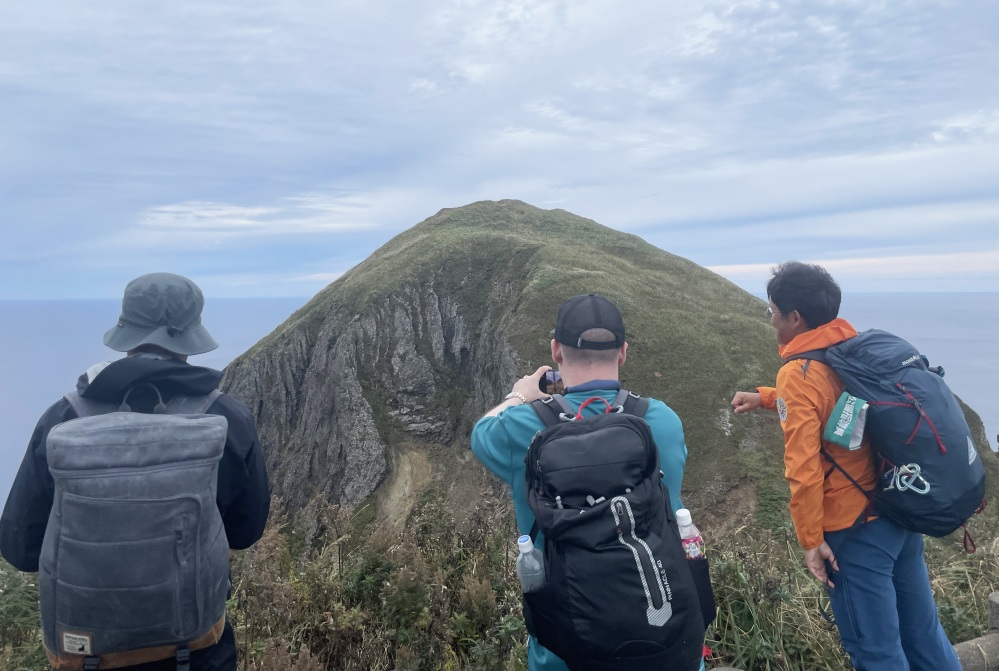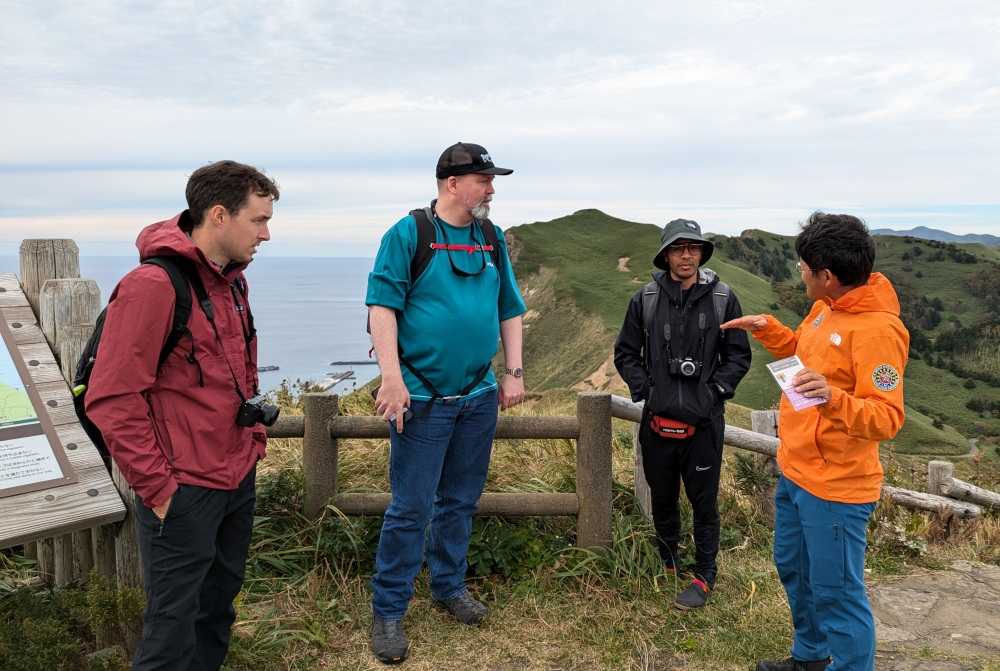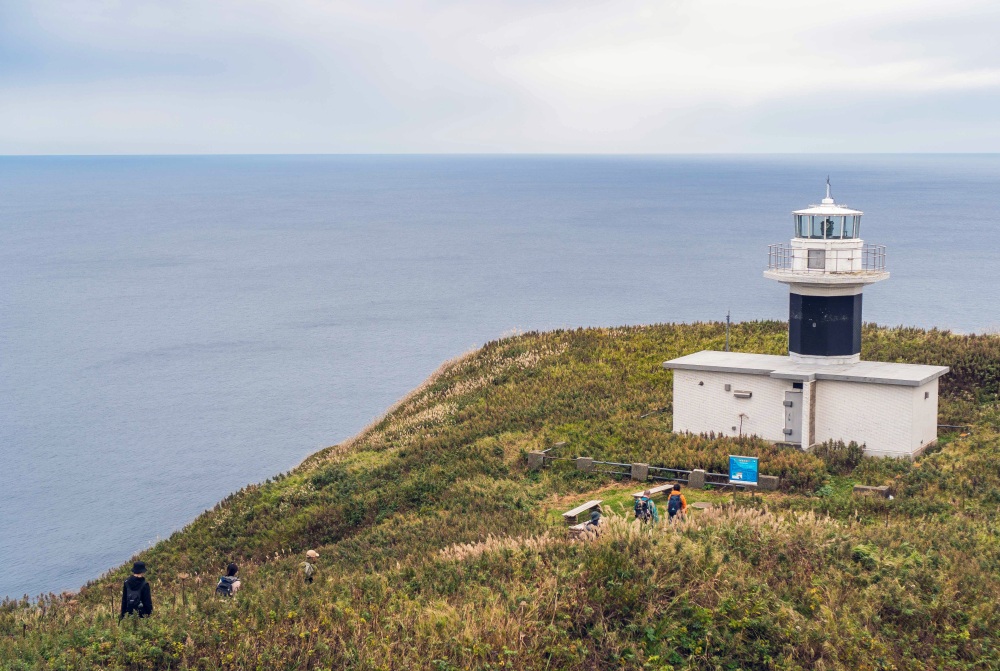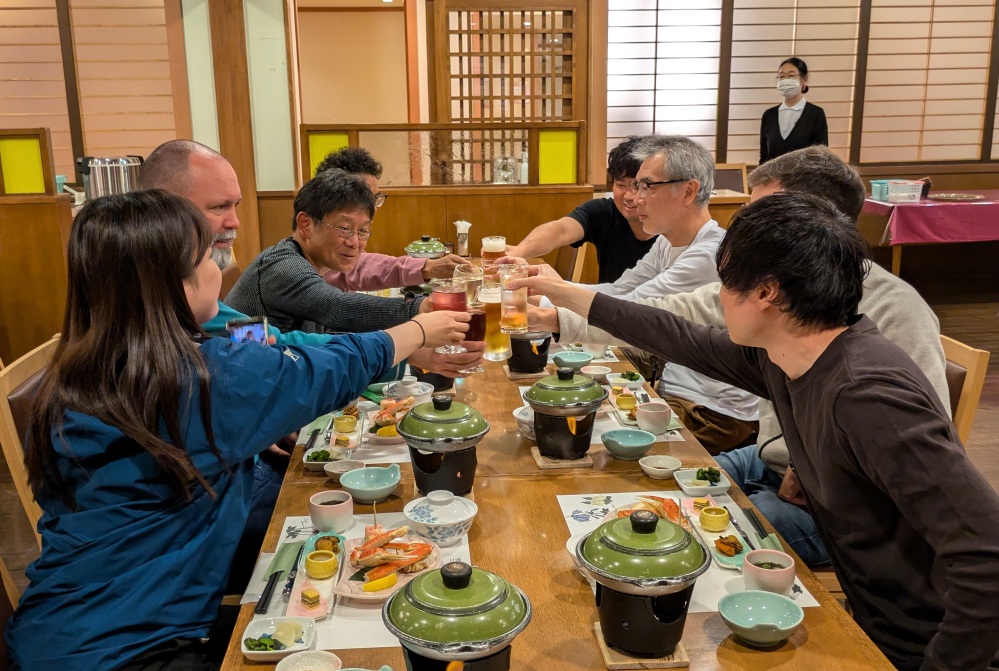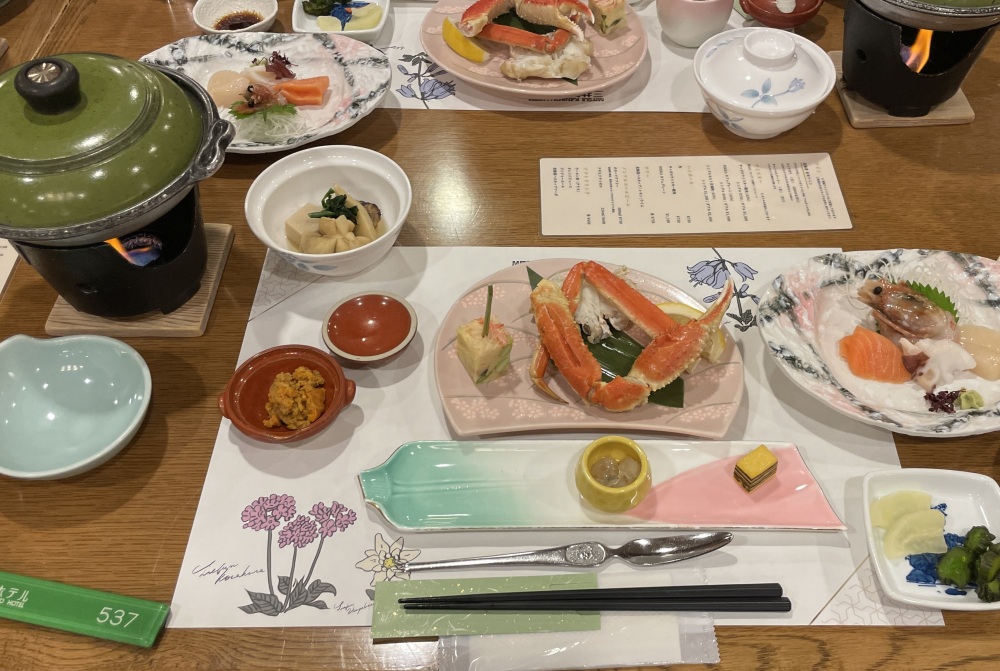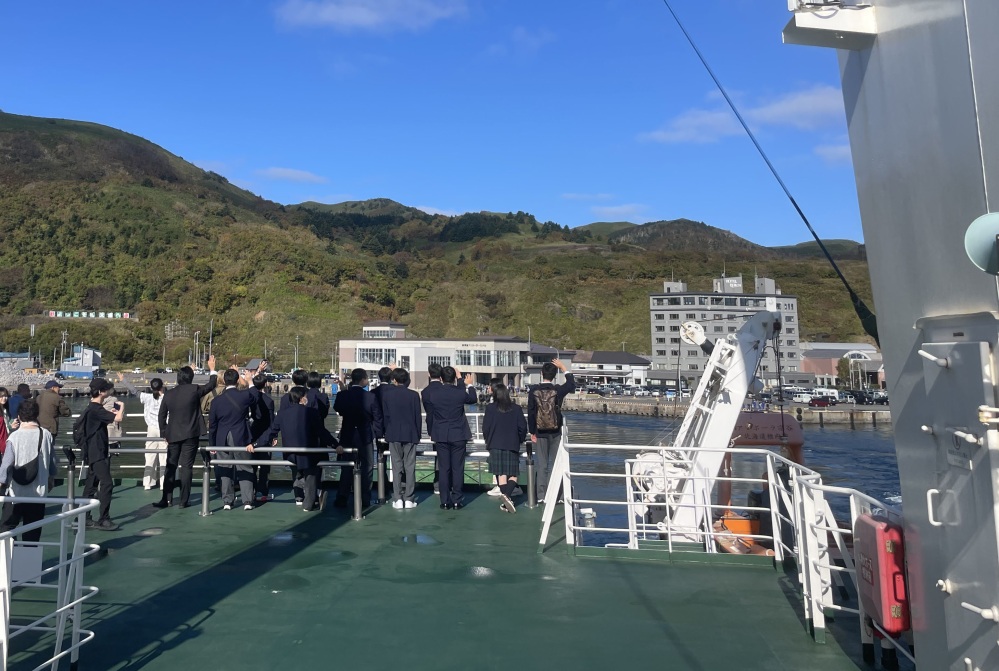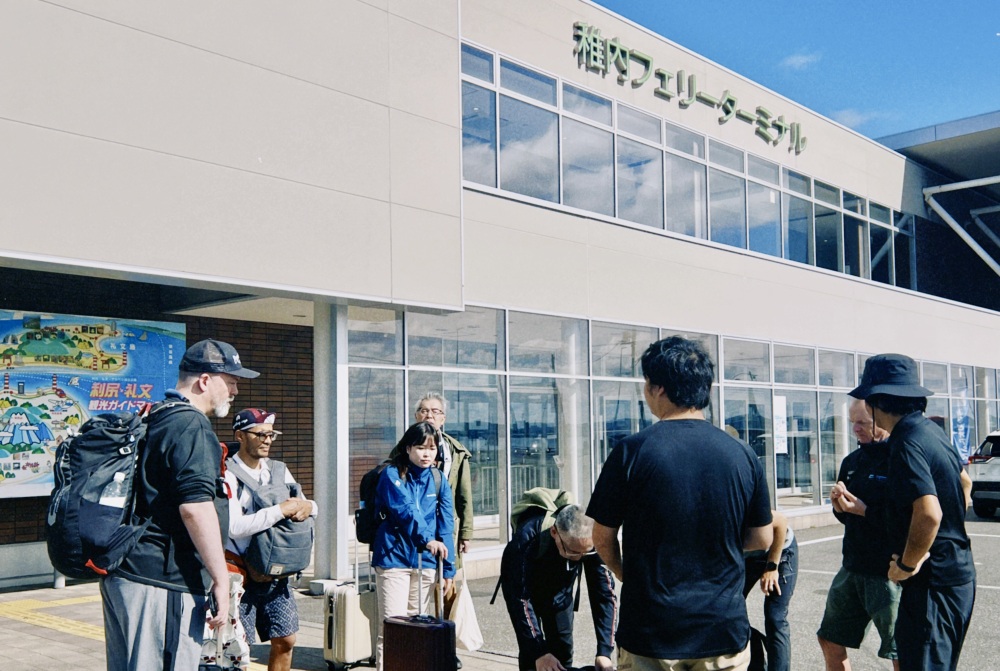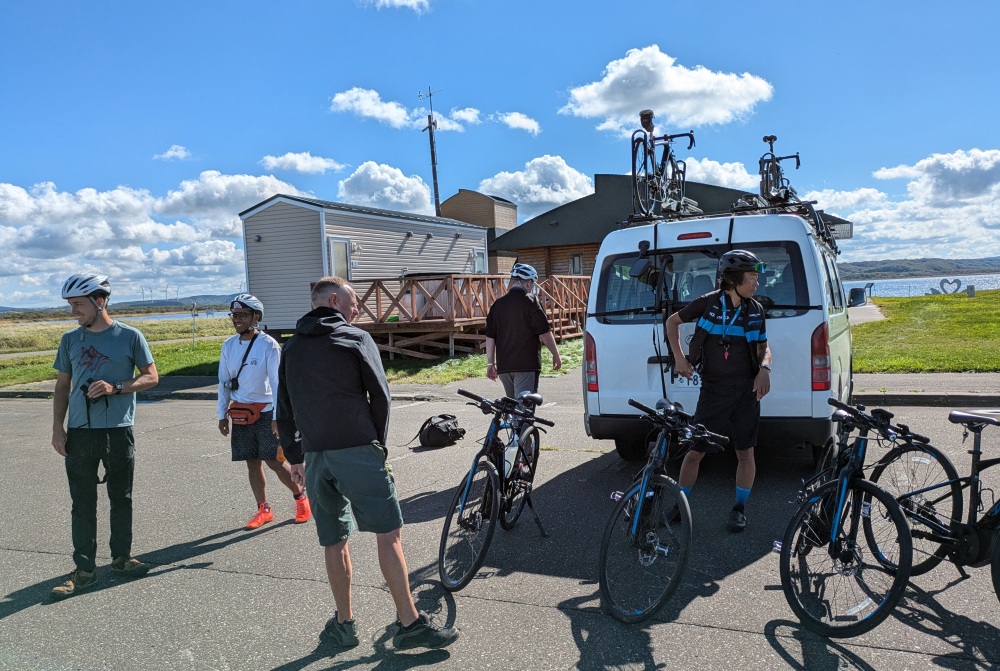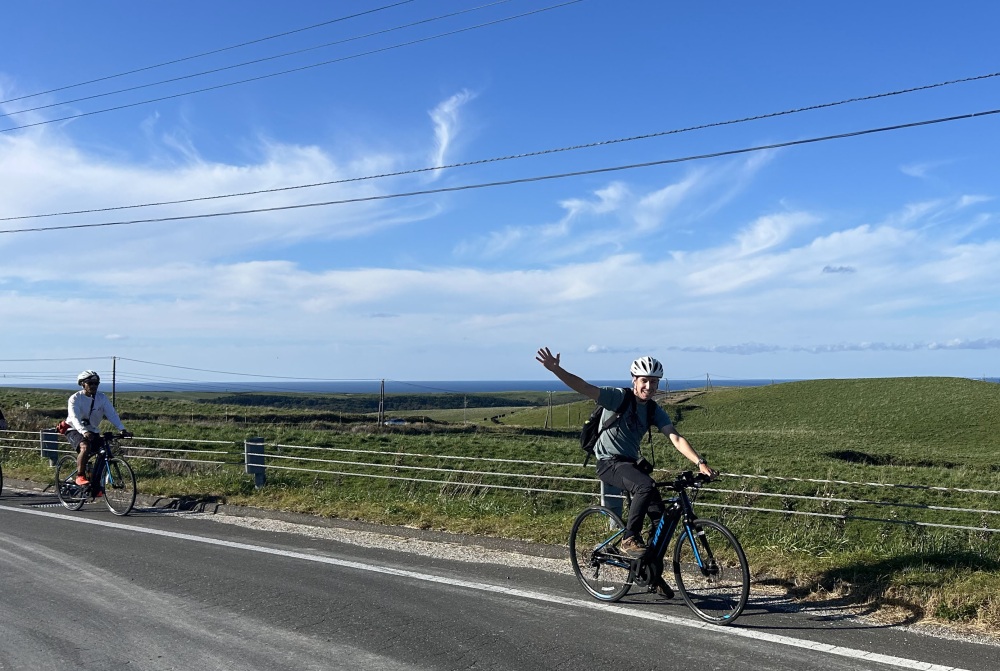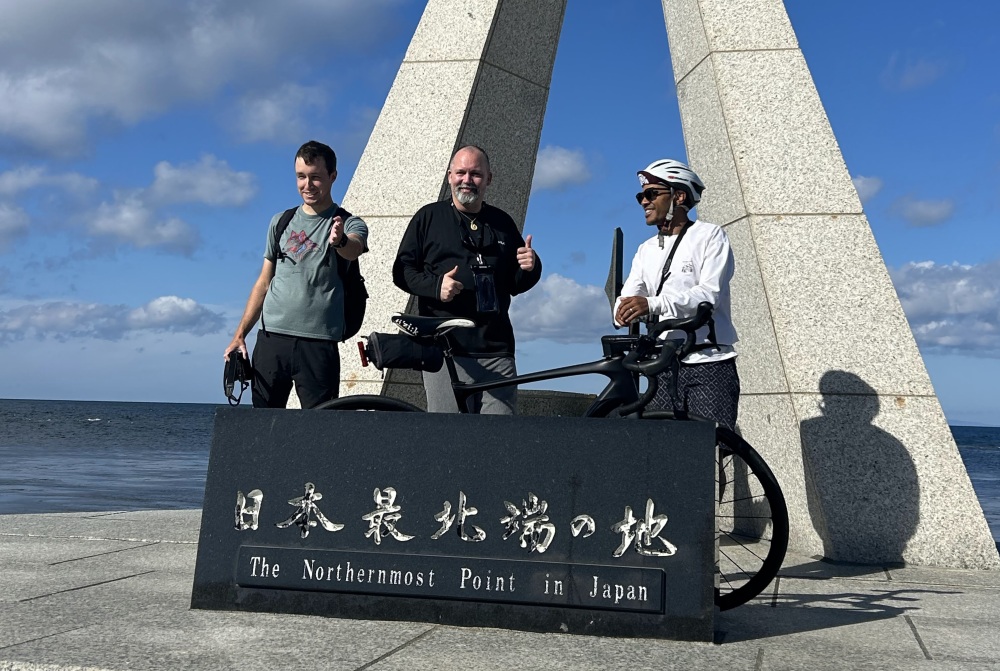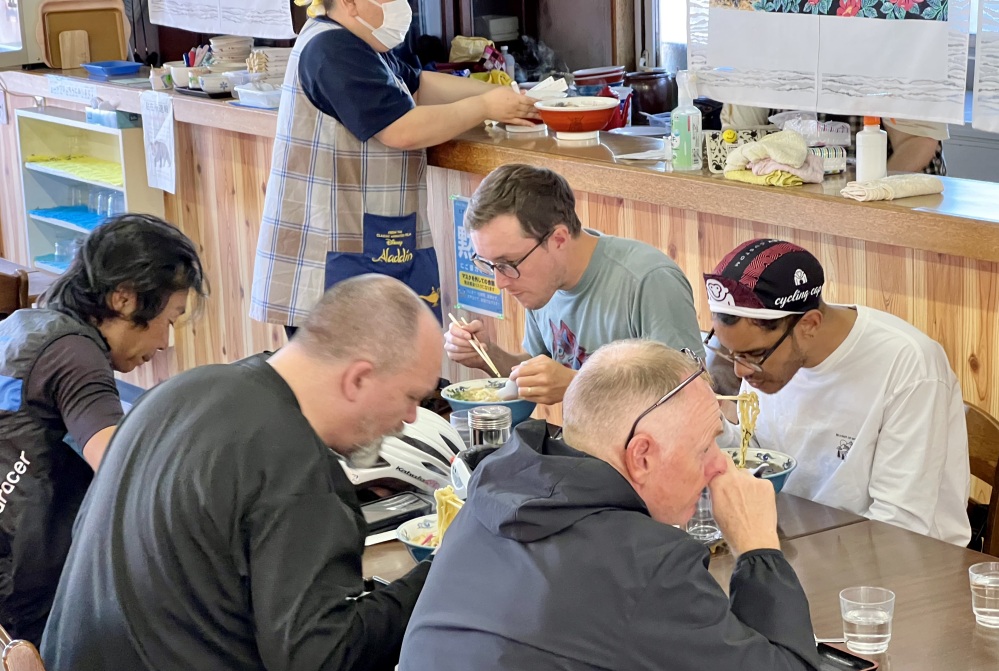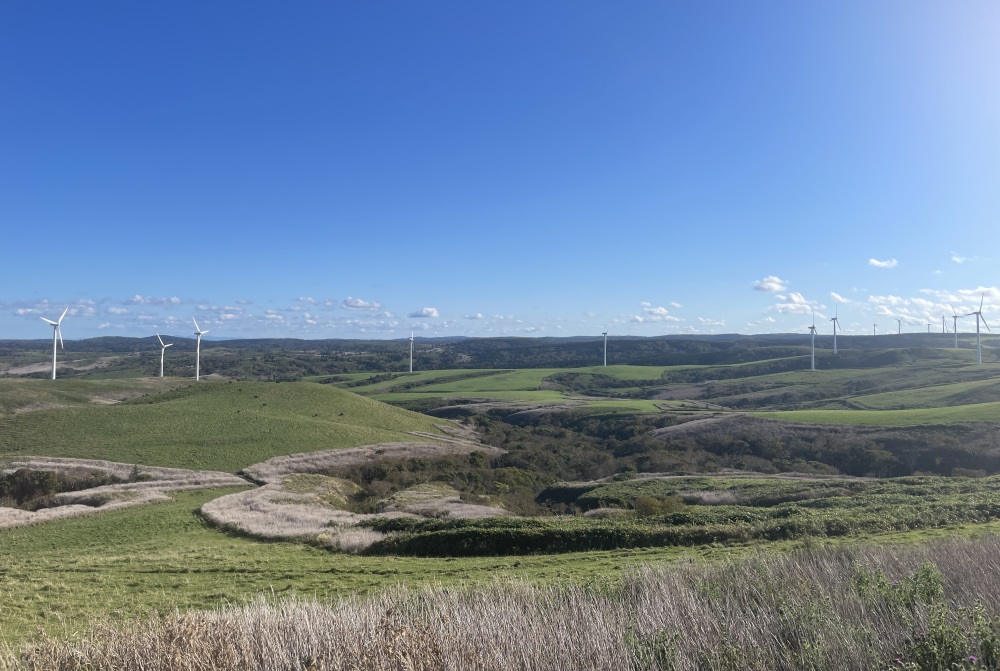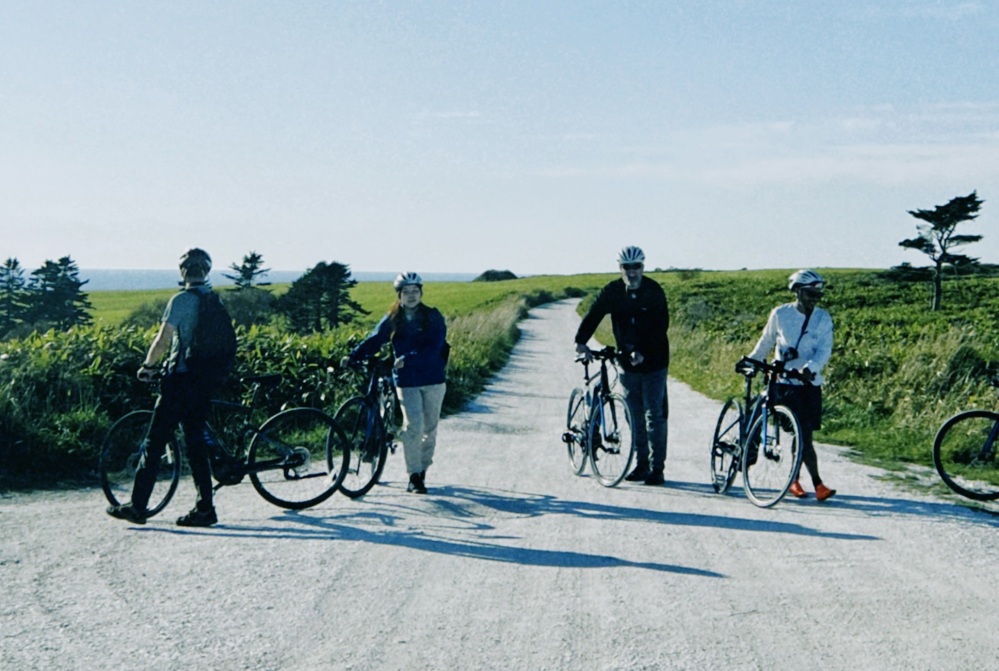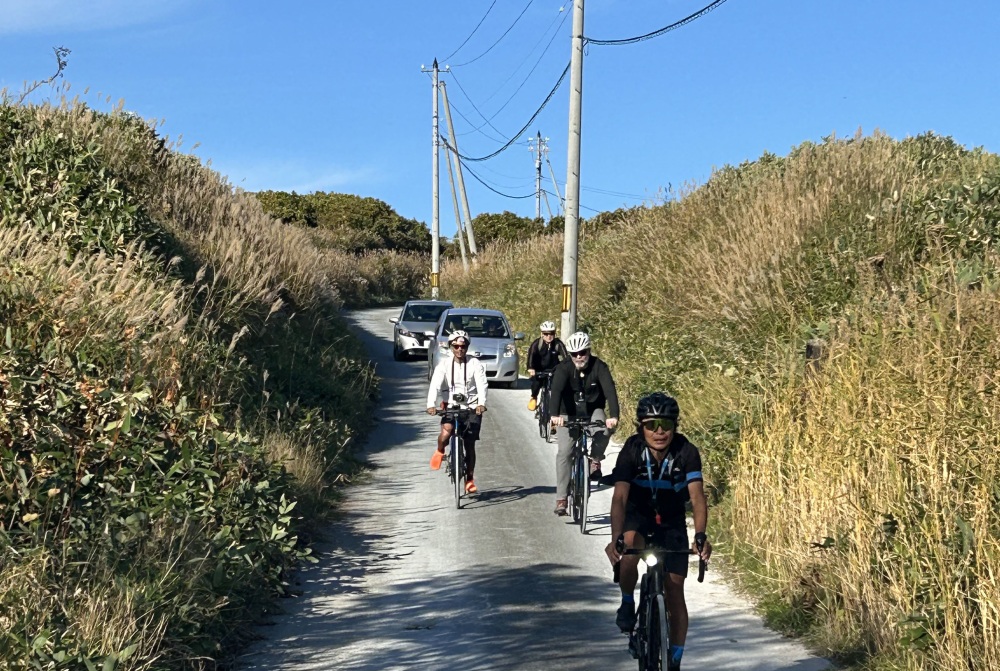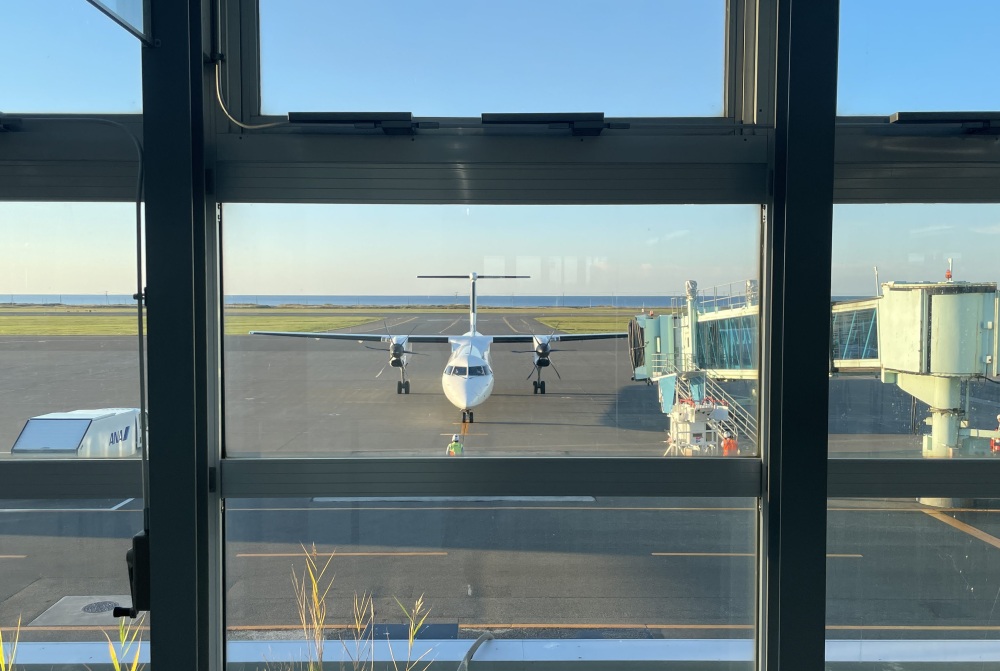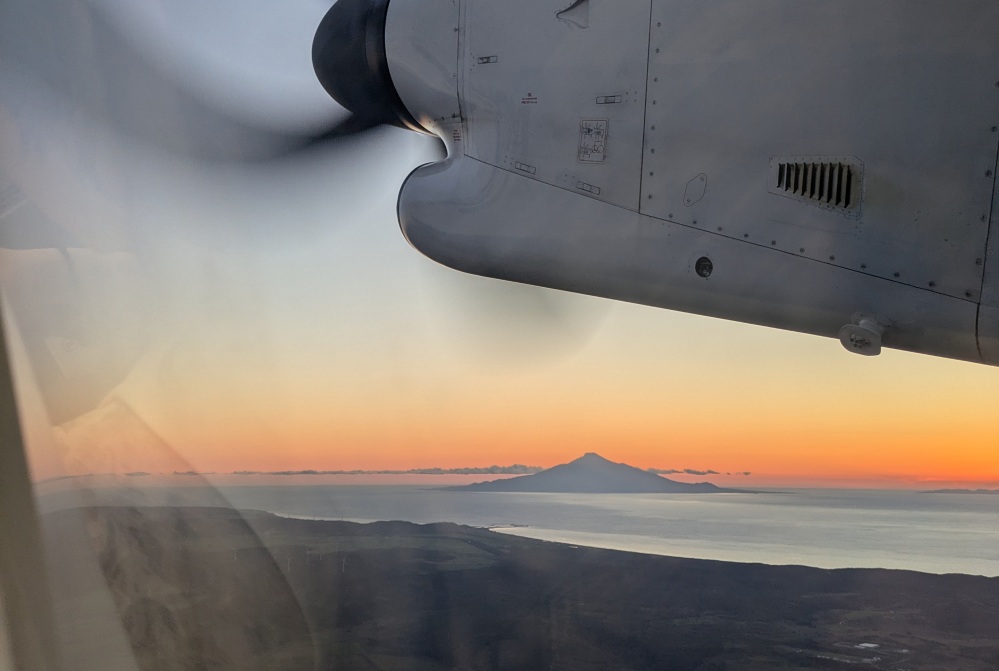An active 3-night, 4-day trip to Rishiri, Rebun, and Wakkanai!
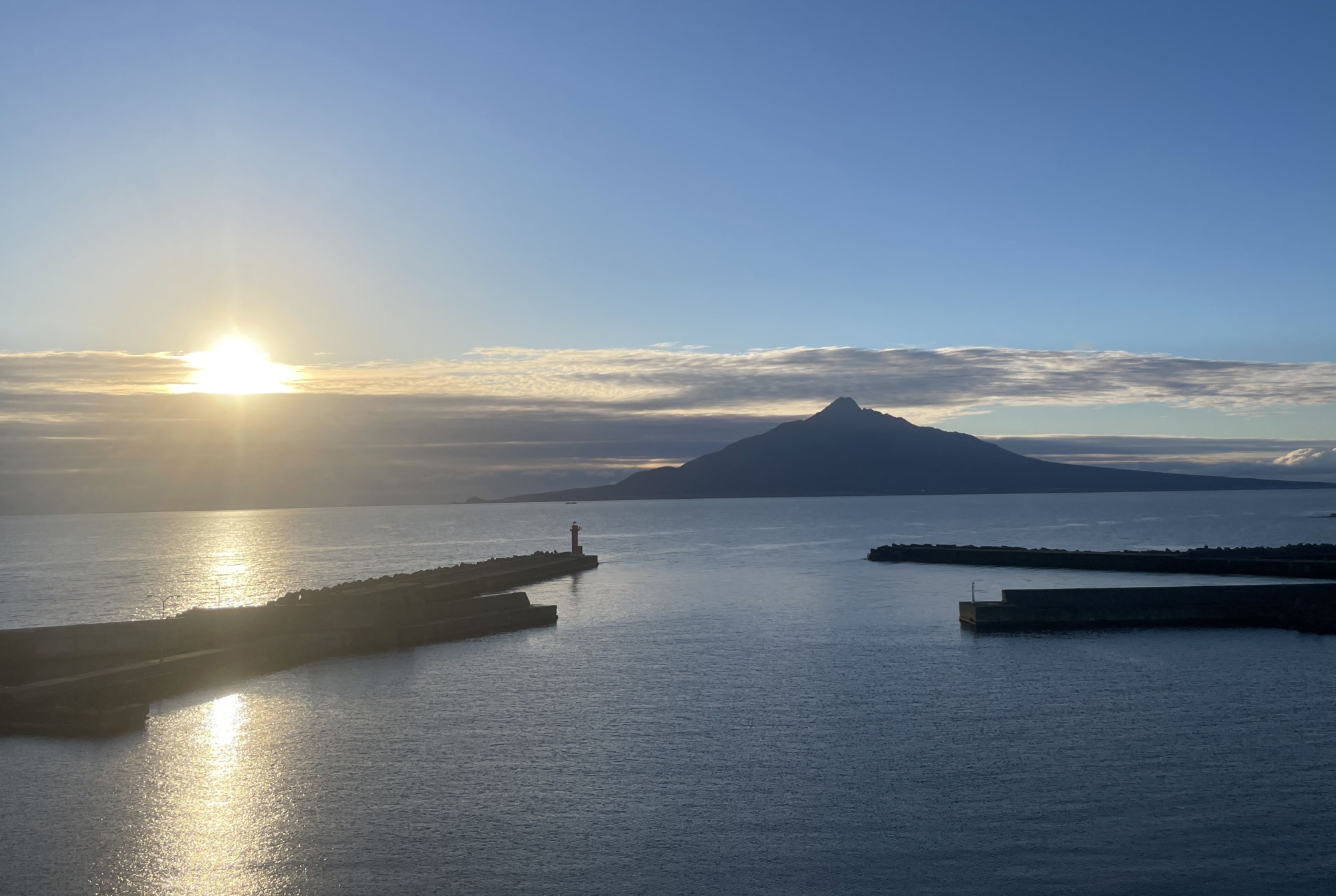
The northernmost part of Hokkaido, where Rishiri Island, the "Green Floating Island," and Rebun Island, the "Flower Floating Island," are located, is a treasure trove of beautiful nature. After enjoying both islands with electric assist bicycles and trekking, we cycled through the vast scenery of the Soya Hills in Wakkanai. We embarked on an active 3-night, 4-day trip to experience the charm of the northern region that shines in its harsh environment!
- * Please note that the text shown on this page includes machine translations.
■Day1
Let's head to Rishiri Island from Okadama Airport!
This time, the travelers are Aiden from the UK, Glen from Australia, and Jeremy from the USA. They board a propeller plane at Okadama Airport in Sapporo and head for Rishiri Airport. They arrive at Rishiri Airport in just under an hour!
To the only hot spring inn with natural flowing hot spring water in Rishiri and Rebun!
Take the shuttle bus from the airport to the hotel. 'Hotel Rishiri,' located in the Kutsugata area, is famous for its natural hot spring that changes to a brown color when exposed to air. The large public bath has a tub where you can soak directly in the source water at about 33 degrees, and alternating with a heated tub at 42 degrees becomes quite addictive. The sunset over the sea near the hotel was also magnificent.
Dinner with soba made from Rishiri kelp broth!
Dinner at the dining hall "Bonten," about a 5-minute walk from the hotel. The soba, made with buckwheat flour from Horokanai and famous water from Rishiri, is said to be a specialty, so I chose the "Tempura Soba Set." The refreshing dipping sauce, handmade soba, and perfectly fried tempura were truly a delicious match.
■Day2
Electric bicycle cycling experience around Rishiri Island!
We will meet up with our guide from Cycling Frontier Hokkaido who came to the hotel and head out for a round-the-island cycling experience on Rishiri Island. After a brief lecture, we will check our equipment and depart from the hotel! The tour is about 60 km, circling the island in a clockwise direction.
Touring the tourist spots of Rishiri Island!
We will visit popular spots on Rishiri Island, such as "Reiho Yusui," where spring water flows from Rishiri Mountain, "Senpoushi Misaki Park," located at the southernmost tip of the island, "Otatomari Marsh," the largest lake on Rishiri Island, and "Himenuma," known for the reflection of "Upside-down Rishiri Fuji" on its surface.
Lunch at the Yanbako Ferry Terminal's cafeteria was largely divided between ramen lovers and curry lovers. After the cold wind blew down the slope, warm dishes were much appreciated! The three of them continued to chat with the guide for a while after their meal.
The tour ends at the cycling road!
On Rishiri Island, there is a cycling road that connects Nozuka Observatory (Rishiri Fuji Town) to Rishiri Town Sports Park (Rishiri Town). You can rush through the forest and enjoy beautiful sea views from the bridges in the area with large bridges. Aiden and Jeremy, who are photography enthusiasts, were ready with their cameras at this perfect spot.
On the second day's dinner, we went to "Rishiri Furusato Shokudo." They have a rich variety of izakaya menu items, starting with grilled hokke. After finishing a 60 km cycling trip, the three of us enjoyed yakiniku and large portions of French fries to recover our stamina.
■Day3
Heading to Rebun Island by ferry!
Since I have no plans in the morning, I take it easy. After checking out of the hotel at 10 AM, I take a shuttle bus to the ferry terminal. I take the ferry at 12:15 PM to Kafuka Port on Rebun Island, and after arriving at 1 PM, I meet up with the trekking guide for Rebun Island.
Trekking on Rebun Island!
Today, we will be guided on the "Momoiwa Observation Deck Course," which is approximately 6.4 km long, starting from Kafuka, passing through the Momoiwa Observation Deck, and leading to the Motokita Lighthouse and Shiretoko. First, we receive a lecture from the guide about the formation of Rebun Island and its vegetation. Rebun Island is called the "Flower Floating Island," but by October, most of the flowers had withered. "If you want to trek slowly, this time of year is actually recommended," said the guide. Although rain was forecasted for the afternoon, the weather held up until we finished trekking.
On the third night, we had a leisurely dinner at the inn!
Our accommodation on Rebun Island was the 'Rebun Kankou Hotel Saryo.' At the time of our trip, it was called the 'Mitsui Kankou Hotel,' but the name has since changed. Dinner was a banquet-style meal at the hotel's restaurant. The main dishes included grilled hokke, sashimi, steamed sea urchin, and king crab, which delighted all three of us.
■Day4
Departing from the island for a cycling trip to Wakkanai!
We boarded the ferry to Wakkanai, departing at 8:55. We happened to be with the students from Rebun High School on their school trip, and we received a grand send-off. At the Wakkanai Ferry Terminal, the guide who took care of us during our tour around Rishiri Island was there to greet us, and we got into the car to head to the starting point at Onuma Bird House.
Around 11 o'clock, I set off on the E-MTB I rode on Rishiri Island. The weather is nice and the wind is not strong, making for comfortable cycling. I am heading towards Cape Soya along the coastline.
Arrived at Cape Soya. It is the northernmost point of Hokkaido, located at 45 degrees, 31 minutes, and 22 seconds north latitude. Took a commemorative photo at the popular photo spot "Monument of the Northernmost Point of Japan" at the tip of the cape. The weather was good that day, and I could see all the way to Sakhalin. Today's lunch was at a place called "Northernmost Dining Hall." Many of the shops around Cape Soya close in September, so it was quite crowded.
From Cape Soya, you enter the famous "White Road." For a while, you continue to climb the Soya Hills, where there are many black cattle grazing on the ranch. You run through a breathtaking landscape with several windmills along the gentle ridges of the periglacial terrain. And finally, you reach the White Road! I had heard that the road was soft because it is covered with scallop shells, but it is quite hard-packed. According to the guide, this year there has been a lot of traffic from cars and motorcycles, which has compacted it. The last part is mostly downhill, and since the road is hard, you can pick up speed, making it thrilling.
From Wakkanai Airport to New Chitose Airport!
The last stop of the trip is Wakkanai Airport. Jeremy said, "Cycling around the island was exciting," while Aiden mentioned, "It was a great experience to ride through the Soya Hills and the white roads." Glen expressed, "Next time, I want to visit Rebun Island during the flower season." It seems that everyone thoroughly enjoyed this active 3-night, 4-day trip.
Ranking of popular articles
- Hokkaido Spring Travel Guide
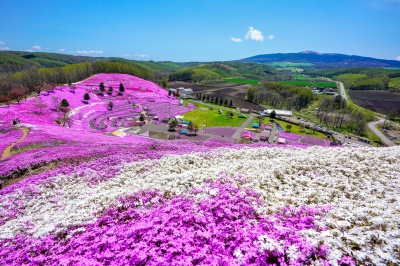
- https://www.visit-hokkaido.jp/en/feature/travelguide_spring
- Hokkaido Summer Travel Guide
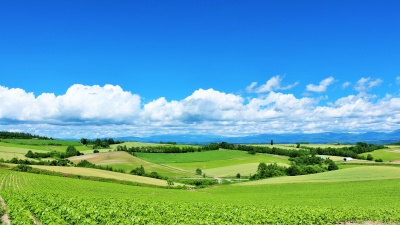
- https://www.visit-hokkaido.jp/en/feature/travelguide_summer
- Here are the recommended cherry blossom viewing spots!
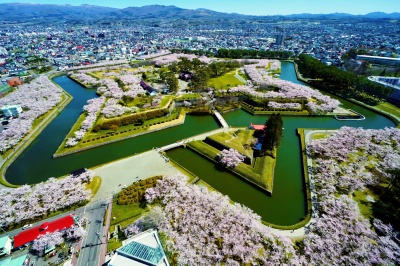
- https://www.visit-hokkaido.jp/en/feature/sakura
- 4 spots to observe red-crowned cranes
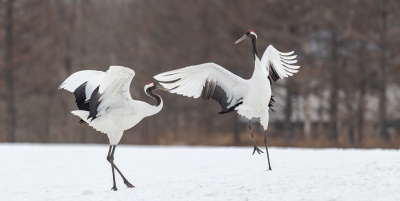
- https://www.visit-hokkaido.jp/en/feature/tancho
- When is the best time to see lavender? Recommended Lavender Spots in Hokkaido
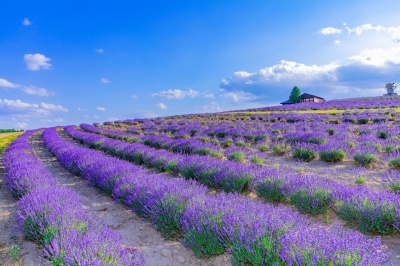
- https://www.visit-hokkaido.jp/en/feature/lavender

